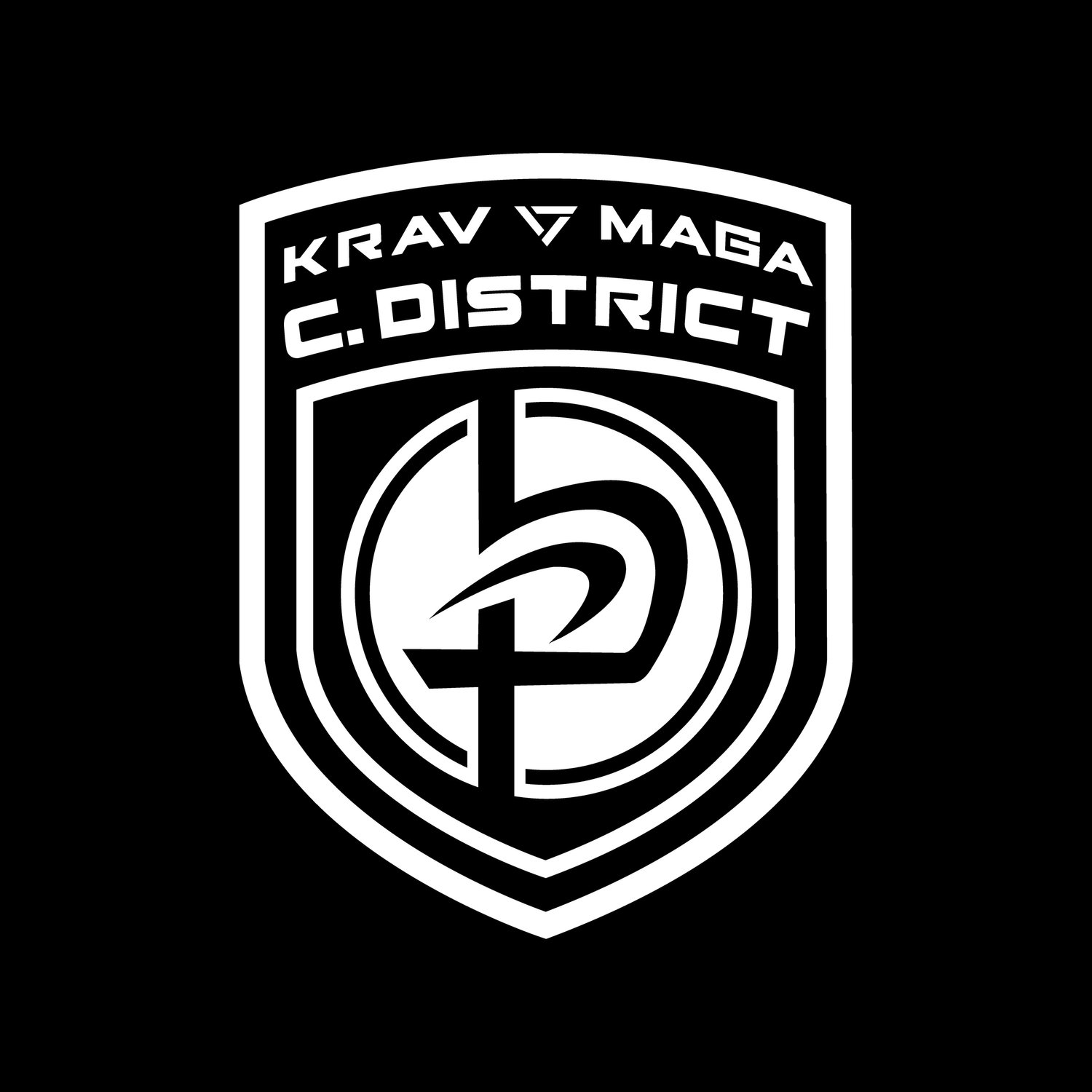Training Krav Maga to Relieve Stress
Stress accumulates in the body. It settles into our posture, our sleep, our tone of voice. Modern solutions such as calming apps, deep breathing, and daily affirmations may help slow the buildup, but sometimes the only way out is through. Specifically, through something that hits back.
Across numerous studies and reviews, hitting a punching bag has shown measurable mental health benefits. The Cleveland Clinic cites lower cortisol levels and improved mood among boxing participants. Spartans Boxing Club calls the experience “cathartic,” as tension is released through repeated, focused strikes. Even academic reviews, such as the scoping study published by the National Institutes of Health, identify non-contact boxing as a promising tool for managing depression and PTSD.
But the act of hitting something doesn’t have to exist in isolation. It can also be a way to build skill. Krav Maga, a self-defense system rooted in practical, high-stress scenarios, offers a similar physical release while developing useful reflexes. It provides a kind of purposeful fitness. Sure, it’s an outlet for aggression, but it’s also one that sharpens awareness, coordination, and confidence.
Unlike sport-based martial arts, Krav Maga prioritizes instinct and utility. Students strike pads, work with partners, and simulate realistic threats. It is physical, yes, but also focused. You leave class with sweat on your shirt, adrenaline in your veins, and a noticeable lightness in your shoulders.
Stress doesn’t ask for permission. It arrives unannounced and unrelenting. But you can meet it head-on. Sometimes, the best way to feel better is to hit something…you may as well learn something while you’re at it.

